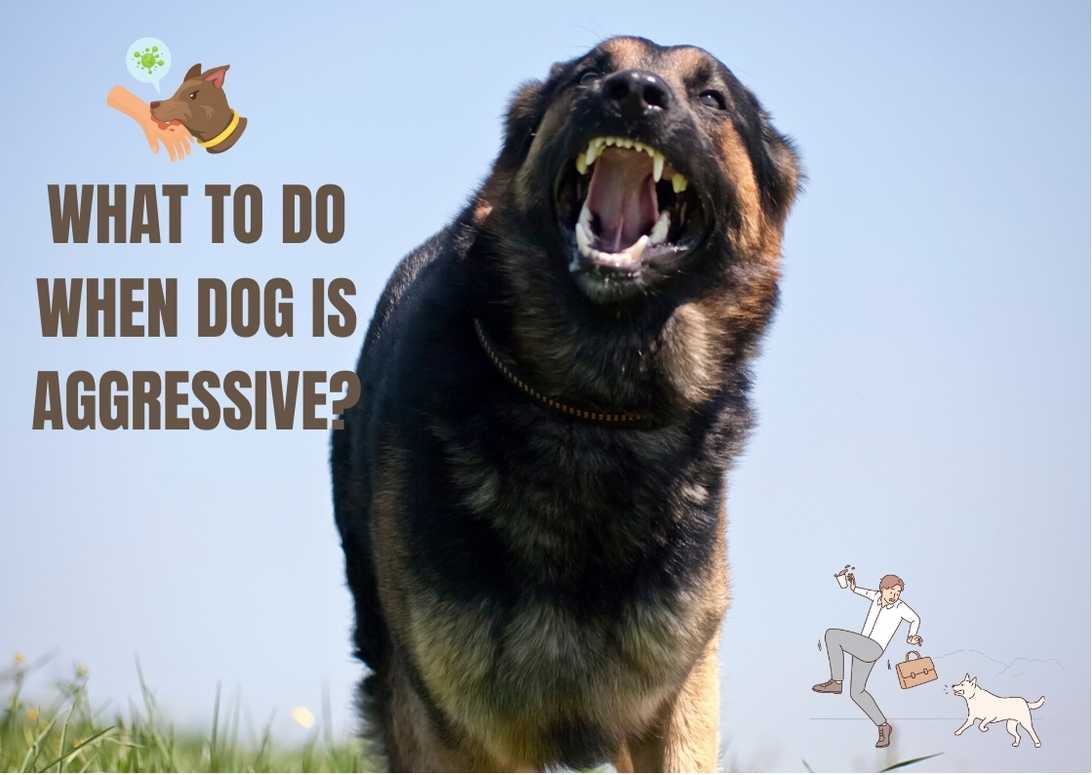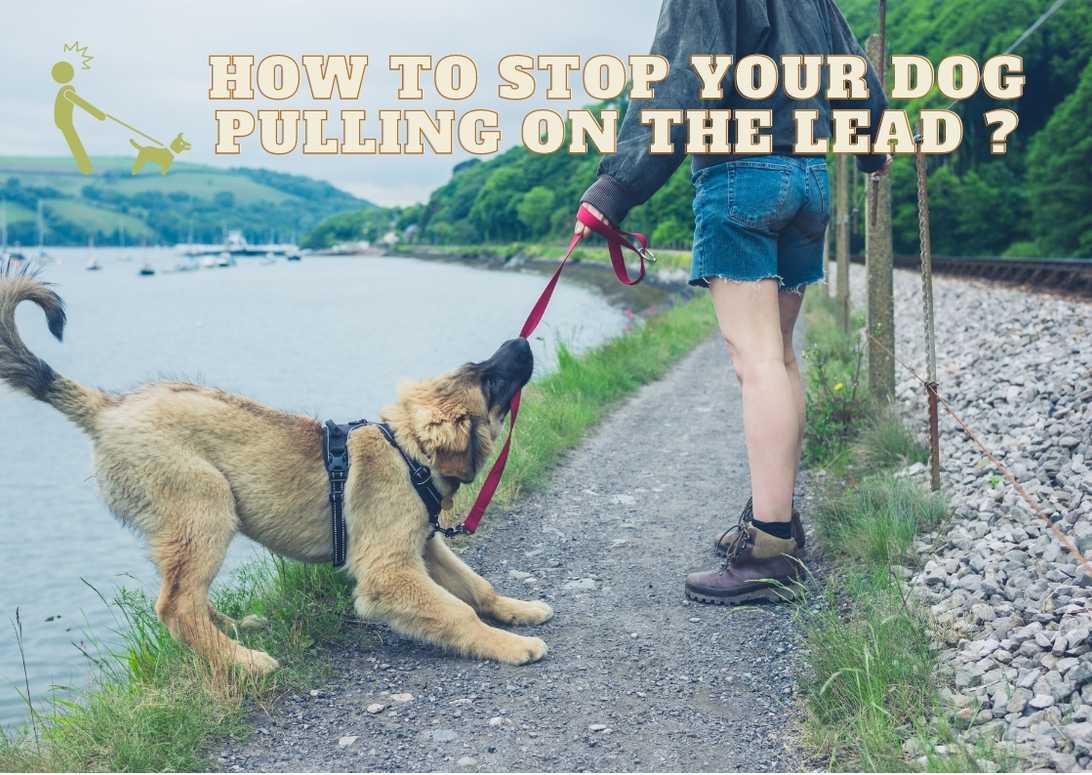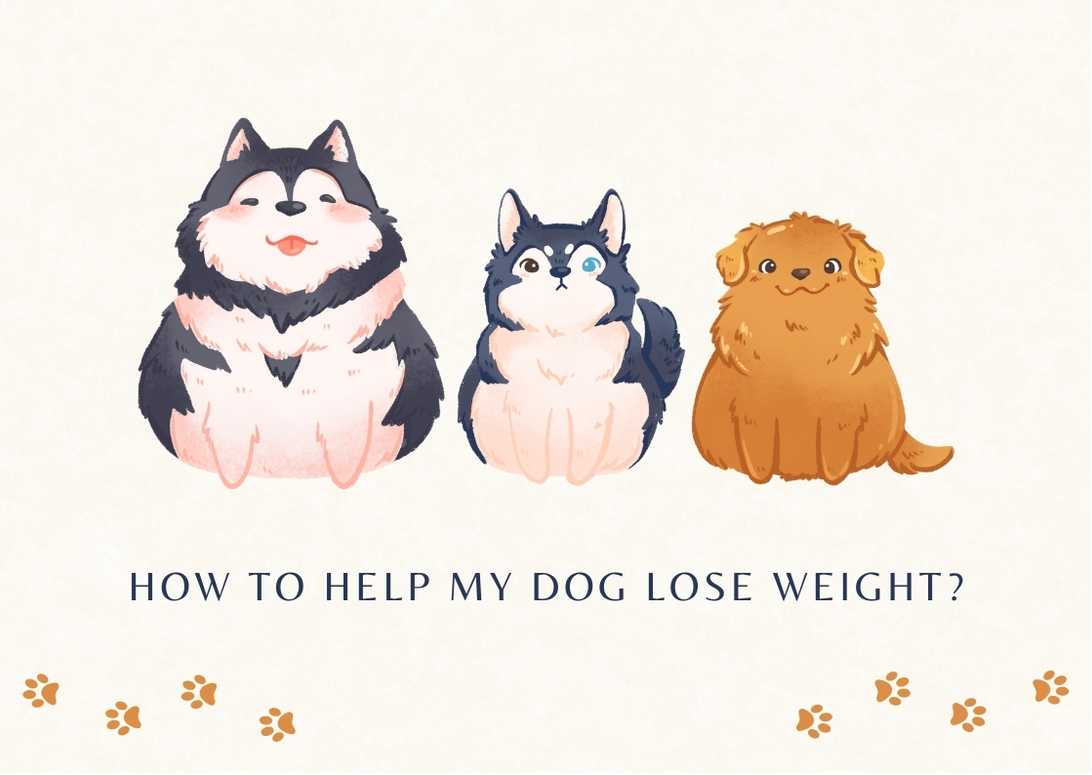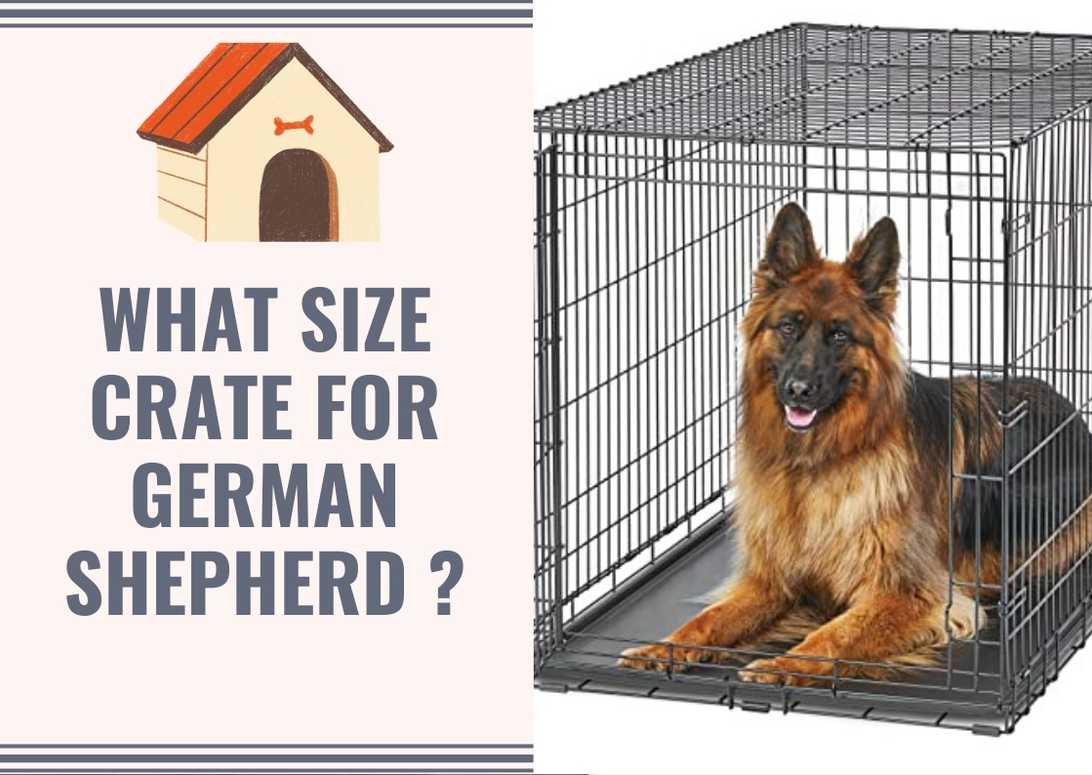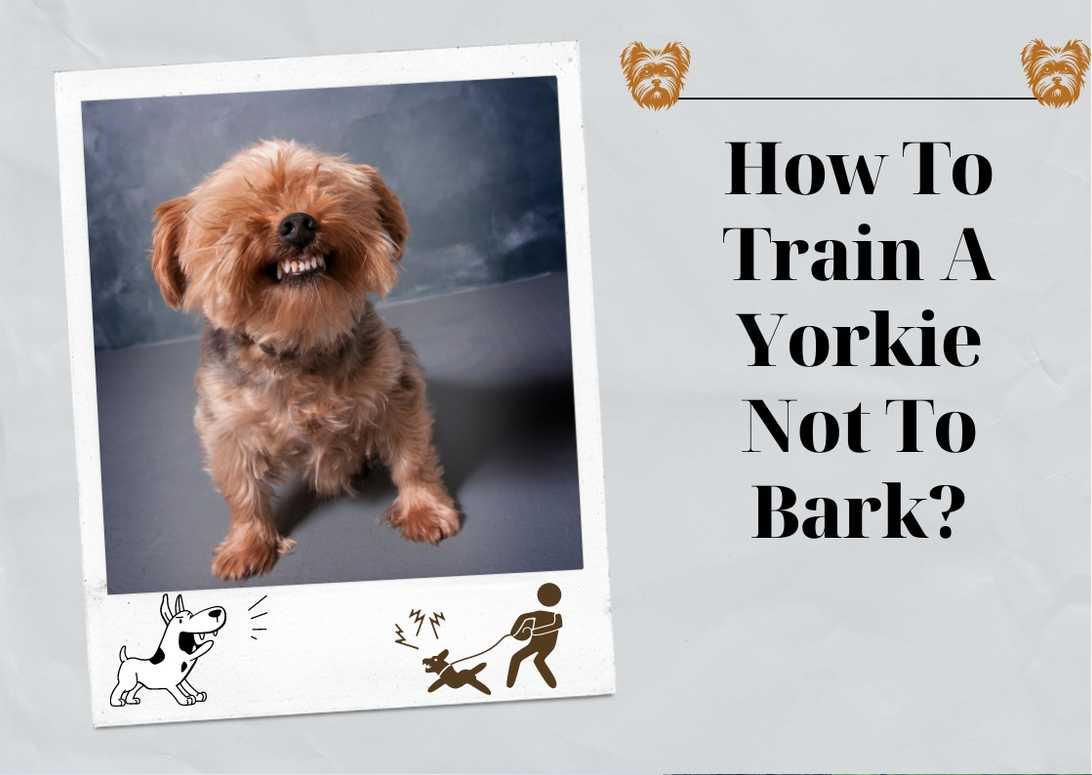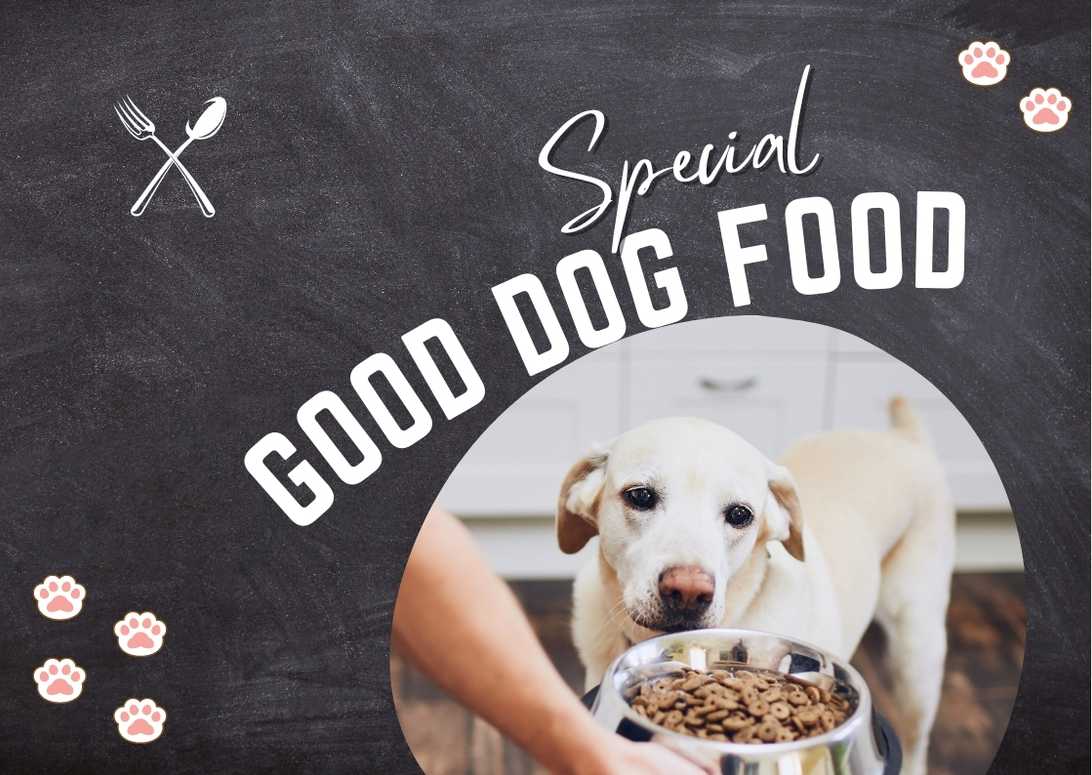What To Do When Dog Is Aggressive?
Aggression in dogs can be a daunting and alarming issue for any pet owner. It’s like standing at the edge of a dark forest, unsure of what lies within. But fear not, for there is a path to guide us through this challenging terrain.
In this article, I will share insights on how to navigate the complexities of dealing with an aggressive dog, offering practical steps and expert advice to help you find your way back to a harmonious relationship with your furry companion.
Before embarking on any training or behavior modification journey, it is crucial to first consult with a veterinarian. Just as we seek medical attention when feeling unwell, our four-legged friends deserve the same care. By collaborating closely with your vet, you can identify and address any underlying medical issues that may be contributing to or exacerbating your dog’s aggression.
Together, we will explore ways to create a safe environment for both you and your canine friend while implementing effective behavior modification techniques that promote positive change. So let’s dive in and discover how we can navigate the challenges of an aggressive dog together!
Important Points
- Consult with a veterinarian before training or behavior modification
- Understand the underlying causes and types of aggressive behavior
- Use positive reinforcement and desensitization exercises for behavior modification
- Seek professional help if aggression persists
Identifying Medical Issues
Before you do anything else, it’s crucial to take your aggressive dog to a veterinarian to rule out any medical issues that could be causing or worsening her behavior.
Common medical conditions such as pain, hormonal imbalances, and neurological disorders can all contribute to aggressive behavior in dogs.
A veterinarian will conduct a thorough examination and may recommend diagnostic tests such as blood work, X-rays, or ultrasounds to identify any underlying medical problems. Depending on the diagnosis, medication options may be available to help manage or alleviate the aggression.
In addition to physical examinations and tests, veterinarians will also look for behavioral signs that could indicate an underlying medical condition.
These signs may include sudden changes in behavior, increased irritability or sensitivity, difficulty with mobility, loss of appetite, or excessive panting.
Once a diagnosis has been made and any necessary medications have been prescribed, the veterinarian may also recommend treatment approaches such as behavior modification techniques or working with a professional dog trainer.
Understanding aggressive behavior is essential for effectively addressing and managing it in dogs.
By ruling out any potential medical causes first with the help of a veterinarian, you can then move forward with exploring behavioral interventions and training methods that will best suit your dog’s needs.
Understanding Aggressive Behavior
First, try to understand the underlying causes of your furry friend’s aggressive behavior. Canine aggression triggers can vary from dog to dog, and it’s important to identify what specifically sets off your dog’s aggression. It could be fear, territoriality, resource guarding, or even frustration.
Next, familiarize yourself with the different types of aggressive behavior in dogs. This includes growling, snapping, lunging, or biting. By recognizing these behaviors, you can better address them and take appropriate action.
Understanding the aggression threshold is crucial in managing and preventing aggressive behavior. Every dog has a different threshold at which they become aggressive. It’s important to recognize when your dog reaches this threshold so that you can intervene before any aggressive behavior occurs. Additionally, being able to recognize early signs of aggression is vital for proactive intervention. These signs may include body stiffness, raised hackles, dilated pupils, and a tense facial expression.
To effectively manage and prevent aggressive behavior in your dog, it’s essential to implement proper training techniques and establish clear boundaries. Positive reinforcement training methods can help teach your dog alternative behaviors and redirect their focus away from aggression triggers. Providing mental stimulation through toys or puzzles can also help reduce frustration that may lead to aggression.
Now that we have a better understanding of aggressive behavior in dogs and how it manifests itself, let’s delve into addressing food aggression without causing further harm or stress for our beloved pets.
Addressing Food Aggression
Now that we’ve got a handle on understanding aggressive behavior in our furry friends, let’s explore how to address their food aggression with love and care.
Food aggression is a common issue that many dogs face, but it can be managed effectively through desensitization training and positive reinforcement. The key is to gradually expose your dog to situations where they may feel threatened or protective of their food.
Start by establishing boundaries around mealtime. Use a designated feeding area and teach your dog to wait patiently for their food. This helps them understand that you’re in control of the resources and reduces their need to guard it aggressively. Additionally, practice hand-feeding your dog small portions of their meal, allowing them to associate your presence with something positive.
Next, incorporate desensitization training into their routine. Begin by standing near them while they eat, ensuring they remain calm and relaxed throughout the process. Gradually increase proximity over time, rewarding them with treats or praise for good behavior. This gradual exposure will help them understand that no one’s trying to take away their food.
If your dog’s food aggression persists despite your efforts, it may be necessary to seek professional help from a certified animal behaviorist or trainer experienced in dealing with aggressive behaviors. They can provide expert guidance tailored specifically to your dog’s needs and help you address the issue more effectively.
Addressing food aggression requires patience, consistency, and love towards our furry companions. Through desensitization training, positive reinforcement techniques, and establishing clear boundaries during mealtimes, we can create a safe environment for our dogs to enjoy their meals without feeling the need for aggression.
However, if these methods don’t yield desired results, seeking professional assistance can offer additional support in resolving this challenging issue without delay. Seeking professional assistance can offer additional support in resolving this challenging issue without delay and ensure the safety and well-being of both the dog and the owners.
Professional Training Assistance
If your efforts to address food aggression persist, seeking professional help can provide expert guidance and support tailored specifically to your dog’s needs. Behavior modification techniques, such as positive reinforcement, desensitization training, and counter conditioning, can be employed by a professional trainer or behaviorist to help modify your dog’s aggressive behavior towards food.
They’ll have the knowledge and experience to assess the underlying causes of the aggression and develop a customized training plan for your dog.
Professional guidance is essential in this situation because they can provide you with the necessary tools and techniques to safely work with your dog. They’ll teach you how to gradually expose your dog to triggers that set off their food aggression while rewarding them for calm behavior.
Through consistent practice and patience, you can help your dog overcome their aggressive tendencies around food.
Transitioning into the next section about creating a safe environment for your dog, it’s important to remember that addressing aggression takes time and effort. By seeking professional assistance, you’re taking an active step towards providing a better quality of life for both yourself and your furry companion.
Creating a Safe Environment
To ensure your furry friend feels secure, you can establish a peaceful atmosphere where they can relax and enjoy their meals without any worries. One way to create a safe environment is by using positive reinforcement during mealtime. This involves rewarding your dog with treats or praise when they exhibit calm behavior while eating. By associating mealtime with positive experiences, your dog will start to feel more at ease and less likely to display aggression.
In addition to positive reinforcement, desensitization exercises can be helpful in reducing your dog’s aggressive behavior. Gradually exposing them to situations that trigger their aggression, such as being near other dogs while they eat, can help them become more comfortable over time. It’s important to pay attention to their body language signals during these exercises and only progress at a pace that they’re comfortable with.
Another crucial aspect of creating a safe environment is proper socialization skills. Ensuring that your dog has positive interactions with other dogs and humans from an early age can help prevent aggressive behaviors from developing in the first place. Enrolling them in obedience classes or working with a professional trainer who specializes in dog training techniques can provide valuable guidance on how to properly socialize your furry friend.
By establishing a peaceful atmosphere, incorporating positive reinforcement, desensitization exercises, and focusing on socialization skills, you can help address your dog’s aggression issues. These strategies lay the foundation for implementing behavior modification techniques without overwhelming your furry friend.
Implementing Behavior Modification Techniques
Implementing behavior modification techniques can be a game-changer in helping your furry friend overcome their aggression issues. One effective technique is counterconditioning, which involves changing your dog’s emotional response to the trigger that causes aggression.
For example, if your dog becomes aggressive when approached while eating, you can gradually desensitize them by standing near them while they eat and rewarding calm behavior. Over time, this helps them associate the presence of people with positive experiences instead of a threat.
Positive reinforcement is another crucial aspect of behavior modification. Whenever your dog displays non-aggressive behavior or responds well to a command, reward them with treats, praise, and affection. This reinforces the idea that good behavior leads to positive outcomes.
Additionally, incorporating desensitization exercises can help gradually expose your dog to situations that trigger aggression in a controlled and safe manner. By slowly increasing their exposure while ensuring they remain calm and relaxed throughout the process, you can help them develop new associations and reduce their aggressive responses.
Consistency and patience are key when implementing these techniques. It’s important to consistently apply the behavior management strategies you’ve learned without giving mixed signals or reinforcing negative behaviors unintentionally. This requires clear communication with all family members or anyone involved in your dog’s care.
Keep in mind that progress may take time, so it’s essential to stay patient and not get discouraged along the way.
Transitioning into seeking veterinary guidance for aggression problems is an important step towards resolving this issue without explicitly stating ‘step’. Seeking professional advice from a veterinarian can provide valuable insights into potential underlying medical causes that could contribute to or exacerbate aggression in dogs.
By working closely with both behavioral experts and veterinarians, you can create a comprehensive plan tailored specifically for your dog’s individual needs.
Seeking Veterinary Guidance
After implementing behavior modification techniques with my aggressive dog, I realized that seeking veterinary guidance is an essential step in helping her overcome her aggression. The veterinarian can provide valuable insight into the underlying causes of her behavior and recommend appropriate treatment options.
One potential recommendation may be behavioral therapy, which involves working with a professional trainer to address specific issues and modify your dog’s behavior. Additionally, the vet may discuss medication options that can help manage any underlying medical conditions or anxiety that may be contributing to her aggression. They can also provide resources for training and socialization techniques to help improve your dog’s overall behavior.
In addition to providing guidance on behavioral therapy and medication options, the veterinarian can also offer safety precautions to ensure the well-being of both your dog and others around her. This may include recommendations on how to safely interact with other animals or people, as well as advice on managing potentially triggering situations.
By seeking veterinary guidance, you’re taking a proactive approach towards addressing your dog’s aggression and ensuring a safe environment for everyone involved. Remember, it’s crucial to work closely with the veterinarian throughout this process to give your dog the best chance at improvement.
Frequently Asked Questions
How can I tell if my dog’s aggression is due to a medical issue?
If my dog is showing aggression, it’s important to consider medical issues as a possible cause. Common conditions that can lead to aggression include pain, hormonal imbalances, and neurological disorders. Signs like sudden changes in behavior or appetite should prompt seeking professional help for a medical evaluation. Addressing any underlying medical issues is crucial in managing aggression effectively.
Are there any specific breeds that are more prone to aggression?
As an avid dog lover, I must say that breed predisposition plays a role in aggression. However, it’s important to remember that genetic factors alone are not to blame. Environmental influences, training and socialization, along with responsible ownership, also contribute significantly.
Can aggression in dogs be cured completely?
Aggression in dogs can be managed and improved through training techniques such as positive reinforcement and behavior modification. Medication may help in some cases, but it should be used in conjunction with training. Socialization, managing interactions, and seeking professional help are also crucial for reducing aggression.
Is it possible for a dog to become aggressive without any warning signs?
Yes, it is possible for a dog to become aggressive without any warning signs. However, by implementing behavioral training techniques, early socialization practices, effective management strategies, recognizing signs of fear or anxiety, and seeking professional help and support, we can address and prevent aggression in dogs.
What are some common triggers for dog aggression?
Common triggers for dog aggression include fear, resource guarding, and aggression towards strangers or other animals. Training techniques can help address these issues by promoting positive behaviors and teaching dogs to feel more comfortable in various situations.
Conclusion
In conclusion, dealing with an aggressive dog can be a daunting task, but it’s essential to remember that there’s hope. By seeking veterinary guidance and ruling out any underlying medical issues, we can ensure that our furry friends receive the proper care they need.
With professional training assistance and the implementation of behavior modification techniques, we can work towards creating a safe environment for both ourselves and our dogs. Just like a puzzle, addressing aggressive behavior requires patience and persistence.
It may take time to figure out what triggers the aggression in your dog, but with dedication and the right tools, we can unlock the solution. Remember, Rome wasn’t built in a day, and neither is behavior change. So let’s stay determined and committed to helping our four-legged companions become their best selves.
Together, we can turn their growls into wagging tails!

